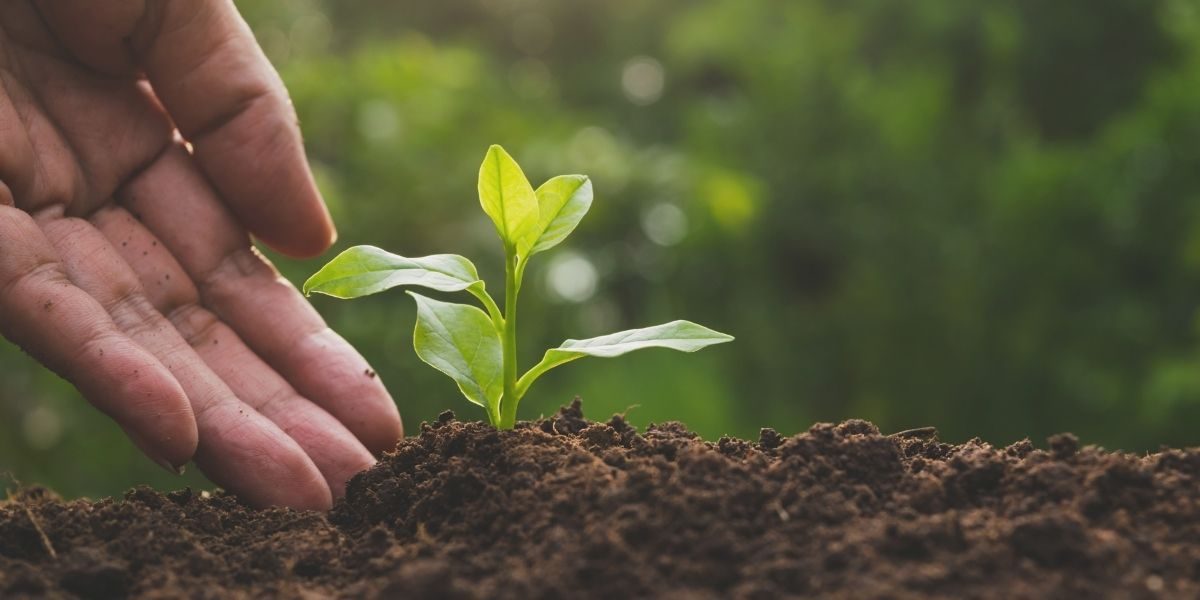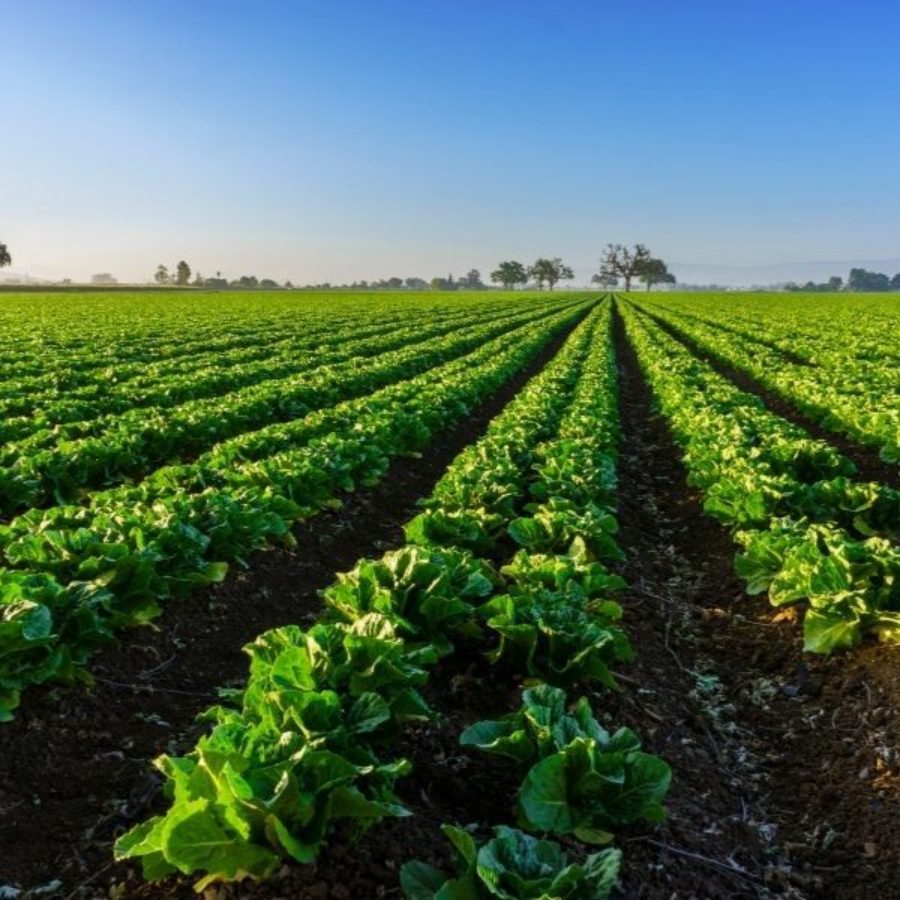
What the FLIK... is Regenerative Agriculture?
The food system is the leading cause of climate change due to the environmental impact of reforestation, loss of soil, farming of animals, food waste, processing, transport, and refrigeration. And there's a buzzworthy change happening in the agriculture game that has the potential to reduce and even reverse climate change, but what the FLIK is it and how does it work?

Regenerative Agriculture
Regenerative agriculture is a collection of farming and livestock management practices that recaptures carbon, from the atmosphere to the soil.
This process helps decrease the amount of carbon in the atmosphere destined to affect climate change as greenhouse gases. Regenerative agriculture may not only help to mitigate climate change, but it also enriches the soil, resulting in more nutrient-dense, flavorful foods.
Regenerative agriculture practices include:
- No Tilling Systems: Tillage breaks up soil and fungal communities which increases carbon loss and soil erosion. No-Tilling systems keep carbon in the soil and produce an environment where microbes thrive promoting healthy soil.
- Planting Cover Crops: Keeping the ground covered with cover crops after harvests help build and protect healthy soil.
- Minimizing Chemicals: Chemical fertilizers and pesticides destroy biodiversity and pollute waterways. Minimizing chemical usage decreases the negative impact on biodiversity, pollution, and results in more resilient plants.
- Rotating Crops: Rotating crops helps maintain a balance of nutrients in the soil where nutrients consumed by one plant are restored by another.
- Increasing Biodiversity: Increasing biodiversity boosts nutrients in the soil and attracts insects that are natural predators of pests.
What we are doing to support regenerative agriculture?
Our chefs have taken the time to identify regenerative ingredients and build them into creative flavorful recipes. Some of these ingredients include farro, bok choy, jicama, flax seeds, chia seeds, heirloom lentils, and mustard greens. By building regenerative ingredients into our recipes, we are serving up food that is both good for you and for the environment -- win-win!
What can you do to support regenerative agriculture?
There is currently no label to distinguish regeneratively grown products from other foods, but you can shop at local farmer's markets and ask farmers if they practice regenerative agriculture. Look at some of the products you buy on a regular basis to see if they follow or promote regenerative agriculture. And add the ingredients listed above to your dinner menu!
+++
At FLIK Hospitality Group we believe in great food, great service, and great people. Our wellness first approach ensures our food supports healthy and delicious choices, specially curated by our team of culinary experts and registered dietitians. At FLIK, we believe in seasonality in sourcing our ingredients and providing a customized approach to the culinary and hospitality needs of each client. Our dedication to providing quality hospitality service is unparalleled in the industry.
Have feedback or questions for our team? Email us at flikblog@compass-usa.com.
Interested in working with us? Apply today!